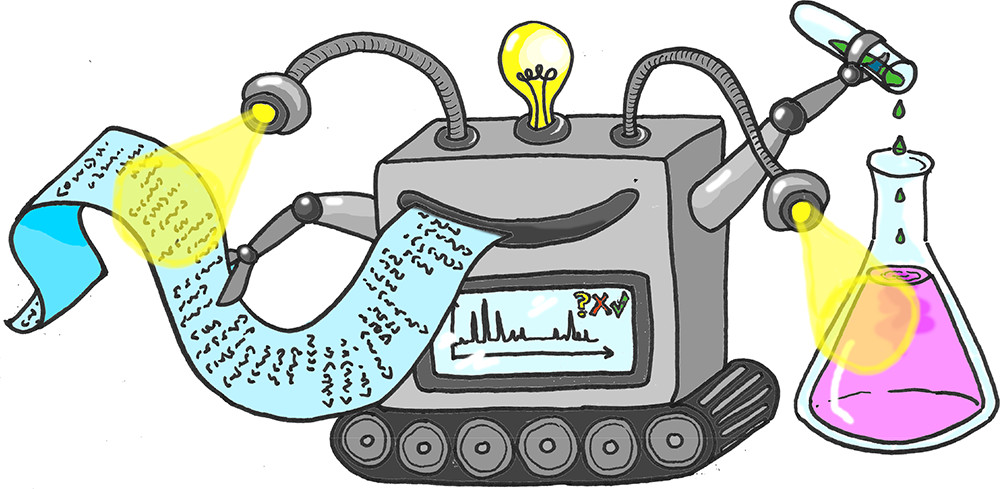About Me

Education:
- Undergrad (2011-2015): I majored in Chemistry and Biology at the Massachussetts Institute of Technology (MIT) where I participated in the UROP program primarily from Prof. Jeremiah Jonhson's Lab. I worked mostly on the synthesis of building blocks for drug-carrying polymers designed primarily for drug-delivery applications. The main skills I gained were small molecule syntehsis, polymer synthesis and polymer analysis.
- Graduate I (2016-2019): This refers to part 1 of my PhD (in chemistry) which I did at Stanford Univeristy in Prof. Chaitan Khosla's Lab. I spent 3 years in this lab focused on 3 projects centered around DEBS, the canonical polyketide synthase: (1) I studied the conformational changes of a DEBS module using FRET hoping to identify distinct catalytic states, (2) I studied the structure of hybrid DEBS module constructs to pin down interactions between module proteins, and (3) I studied small molecule activators of DEBS turnover. The main skills I gained were protein biochemistry (from cloning to protein expression to activity assay), FRET, protein cystrallography adding protein structure analysis.
- Graduate II (2019-2022): This refers to part 2 of my PhD (still in chemistry) which was still at Stanford University but in Prof. Michael Snyder's Lab. I spent 3 years generating and analyzing multi-omic data for patients that had undergone a living-donor liver transplant and developed a rare post-operative condition called Segmental Graft Dysfunction. I used mass spectrometry profiled sick and healthy patient sera and generated proteomic, lipidomic and metabolomic data which was all complemented with demographic and clinical information. The main skills I gaiend were mass spectrometry data generation and analysis (from sample prep to batch correction to differential expression), multi-omic data integration, linear model based differential abundance, pathway analysis, and mortality prediction.
- Graduate III (2022-Pesent): I moved out of the web lab and decided to further solidify my data analysis and machine learning skills by getting a formal degree so I went after UIUC's Online Master of Computer Science (the Data Science track). I started the program in 2022 and it should end somewhere in 2025. As I have already taken multiple statistics, machine learning and deep learning courses while at Stanford (during part 2 of my PhD), this is primarily to close any gaps that might have emerged during my ad hoc dive into the subject. So far, the most relevant courses I have taken are Deep Learning for Healthcare and Natural Language Processing.
Research Interests:
Mass Spectrometry + Deep LearningI'm interested in self-supervised and semi-supervised learning models for small molecule mass spectrometry data.
For more details, see this GitHub repo: SSL4MS.
Protein-Ligand Binding Affinity Prediction
I'm interested in leveraging pre-trained language models for proteins and small molecules to predict the strength of protein-ligand interactions (IC50 values).
